The beauty of any trip lies in experiencing the local culture! From ancient temples to gorgeous beaches, Malta boasts a variety of attractions to keep you busy during your trip.
Tourists from far and wide come from all corners to experience the country’s rich heritage. The culture of Malta is a reflection of the various societies that interacted with the islands throughout centuries.

These includes the Knights Templar, as well as the people of other societies that ruled over the archipelago long before it eventually obtained independence in 1964. However, if there is anything that you can’t miss on your trip to Malta is the rich food! Maltese cuisine has a big touch of Italian influence, but with a dash of Arab/North African and a hefty pinch of Malta’s very own spices and cooking techniques. It’s not to be eaten in a hurry, but thoroughly enjoyed with a glass of wine.

This will always be a good starting point, just to make your experience more exciting and to have the locals see you’ve tried to learn the basics like please, thank you, hello and goodbye. The official languages of Malta are English and Maltese. You should never make assumptions that the Maltese people speak Italian. Maltese is a European dialect in the Afro-Asian family that has very strong influence from Tunisian and Libyan Arabic. Try learning a few words of Maltese as you move around the archipelago, like “Kemm jiswa dan?” which translates to “how much is this?”
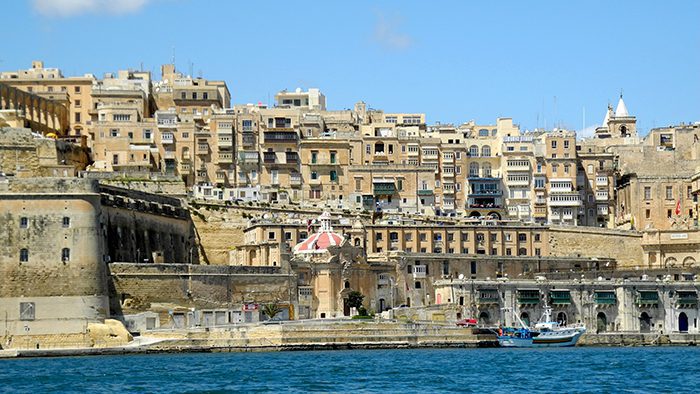
September 8th is one of the biggest celebrations in Malta, referred to as Victory Day. This day marks three important moments in the history of the Maltese people; the birth of Virgin Mary and the end of 1956 siege, the day when the Italian Navy surrendered to the British power during the World War II. You can purpose to attend this year’s Victory Day regatta at the Grand Harbor. Visitors and locals often meet at Alarme on the third Sunday of most of the months. Alarme is basically a re-enactment of the rebellion of Malta against Napoleon in 1800. Every October, Notte Bianca is another very important festival for the Maltese, featuring food stalls, dancers, musicians, all-night museum exhibitions and street performances.

Maltese cuisine features a wide range of flavors with an exotic combination of Arabic, British, French, and Italian influences, all with local ingredients and fresh seafood from right off the shore. Malta is full of excellent restaurants serving delicious Maltese food. Ranging from hearty rabbit stews, to lampuki (mahi-mahi), and amazingly fresh salads, you will be spoiled for choice when it comes to the Maltese food scene. There’s a restaurant for every budget and taste – from simple bakeries selling meat pies, to 5-star restaurants serving up decadent risottos and delicate cuts of meat.
Fresh fish and other ingredients are locally sourced, and fine wine selection is always available as a food complement. In Malta, quality food, great music and a nice ambience always combines together to give you the best of the Island’s food experience. A great place to dine at night is at the Valetta waterfront.
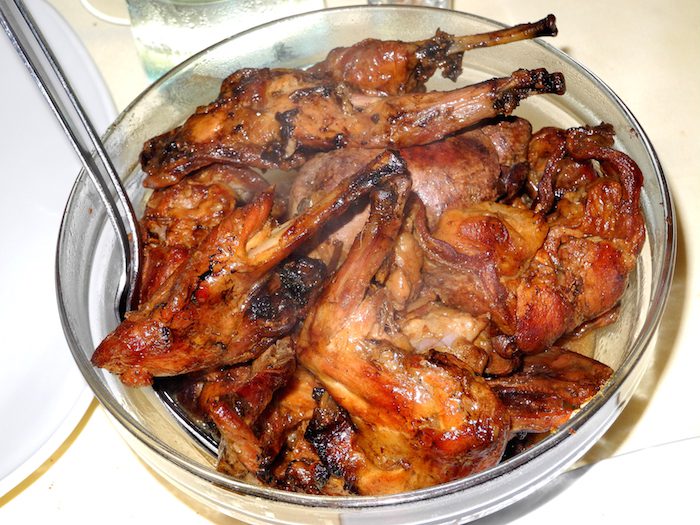
Also called fenek in local language, Rabbit is Malta’s quintessential main course. Various restaurants have a different take on fenek as you can order it stewed, roasted baked in a pie or pan fried. You can take it the way it is, or order to be served over a pasta. Rabbit meat is often eaten by the Maltese to mark special occasions, when they refer to it as fenkata. During this time, fried rabbit with garlic and rabbit ragu are usually washed down with a lot of red wine. Visit Ta’Marija, located in Mosta, for mouth-watering Rabbit dishes. Mosta is a central Maltese town that serves Maltese traditional food in a very colorful atmosphere accompanied with entertaining folkloric song and dance shows.
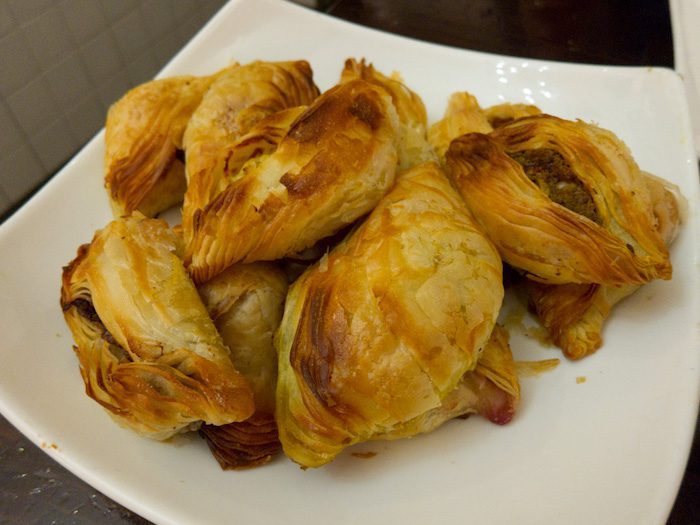
Pastizzi is Malta’s national snack. A fluffy pastry that is baked and then stuffed with either paste of peas or ricotta cheese. There are many pastizzerijas, small fast-food outlets in most of Malta’s towns. Crystal Palace is one of the best and renowned fresh pastizzerijas maker in town. This outlet is located in Rabat, a central town in Malta, and you’ll always find people queuing to grab their snack.
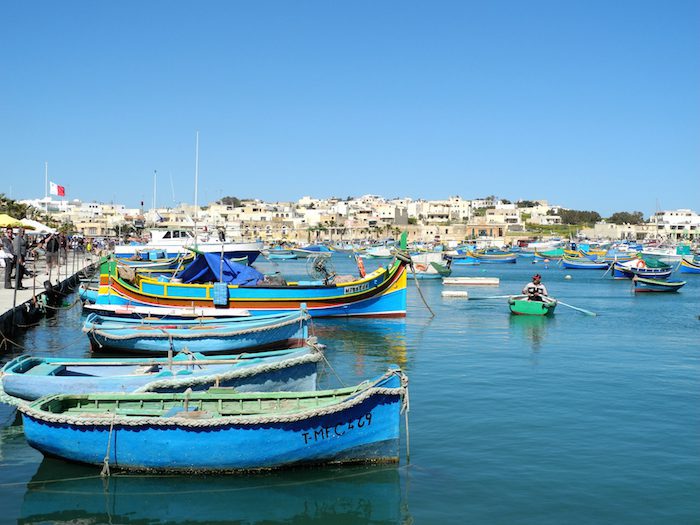
Typical of all Mediterranean islands, Malta has a plentiful supply of fresh crustaceans and fish. The island is known for lampuka, which is the most favored fish among locals and visitors alike. Lampuka is often served with onions, tomatoes, spinach, black olives, walnuts and sultanas. When served with these vegetables, it is usually called lampuki or lampuki pie. You can always visit Marsaxlokk for the best seafood experience in the island. Located in Southeastern Malta, this picturesque town offers excellent seafood overlooking the brightly colored fishing boats bobbing in the harbor.
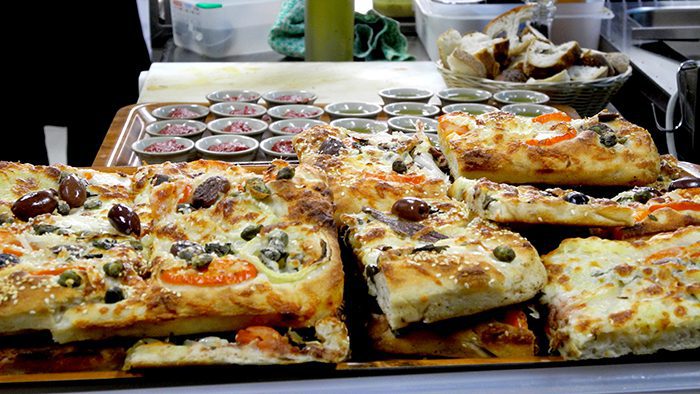
Malta is never short of signature snacks, and ftira is just another one. This is a traditional Maltese bread that is usually baked and topped with cheese and vegetables, much like a pizza. Prepared using local ingredients matched to taste, the flatbread sandwich is a popular option for a casual lunch. The flat-baked bread is usually made from a number of secret ingredients. It is then topped with a substantial mixture of anchovies and capers, mixture of olive oils and tangy tomato paste made from sugar and sun-dried tomatoes grounded in rosemary and various other ingredients. Visit Fontanella, for the best ftira bread in Malta as you enjoy a sweeping view of Malta’s countryside to the coast.
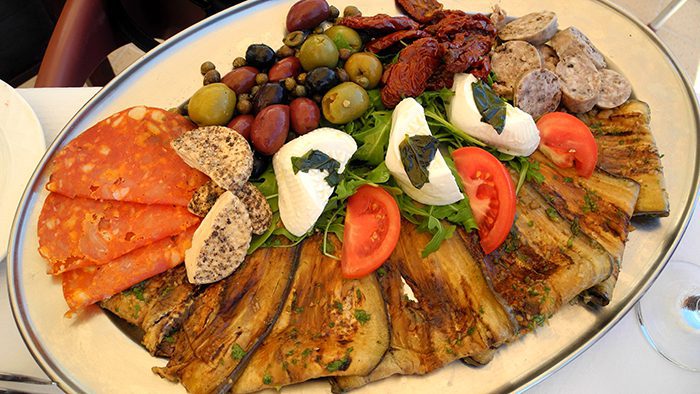
The country of Malta is made up of several islands, of which Malta, Gozo and Comino are its three largest inhabited islands. Comino is a small rocky island that has just a handful of inhabitants and is mostly visited as a day trip for beachgoers. Gozo, especially, is the absolute best island to stay in if you’re craving quality R&R. The local restaurants aren’t fancy, but they serve up delicious dishes with local Gozitan goat cheese, olives, olive oil and sweet tomato paste. For more about what to see, do and eat in Gozo, see our article 10 Places to See in Gozo.
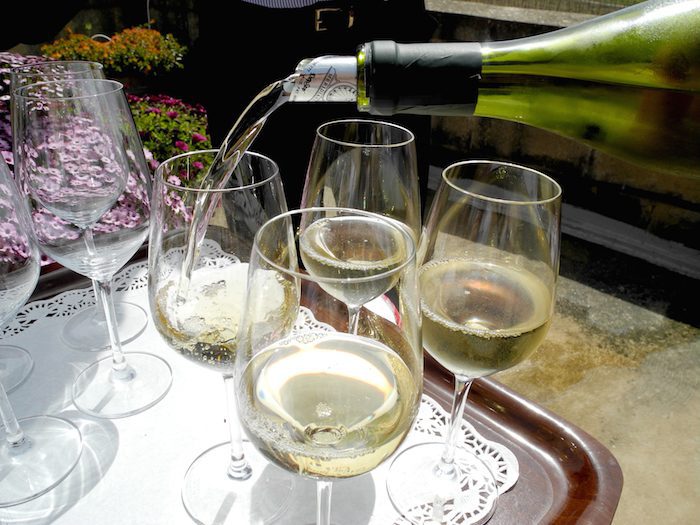
Food and culture experiences in Malta are some of the best in Europe. You will definitely want to try experiencing the local culture first-hand by trying out new foods, visiting the attractions and participating in the local celebrations. Unsurprisingly, Maltese people love to celebrate and enjoy their food. Maltese food is an ode to its history, combining Arab and Italian flavors into a unique gastronomy that you really can’t find anywhere else in the world.
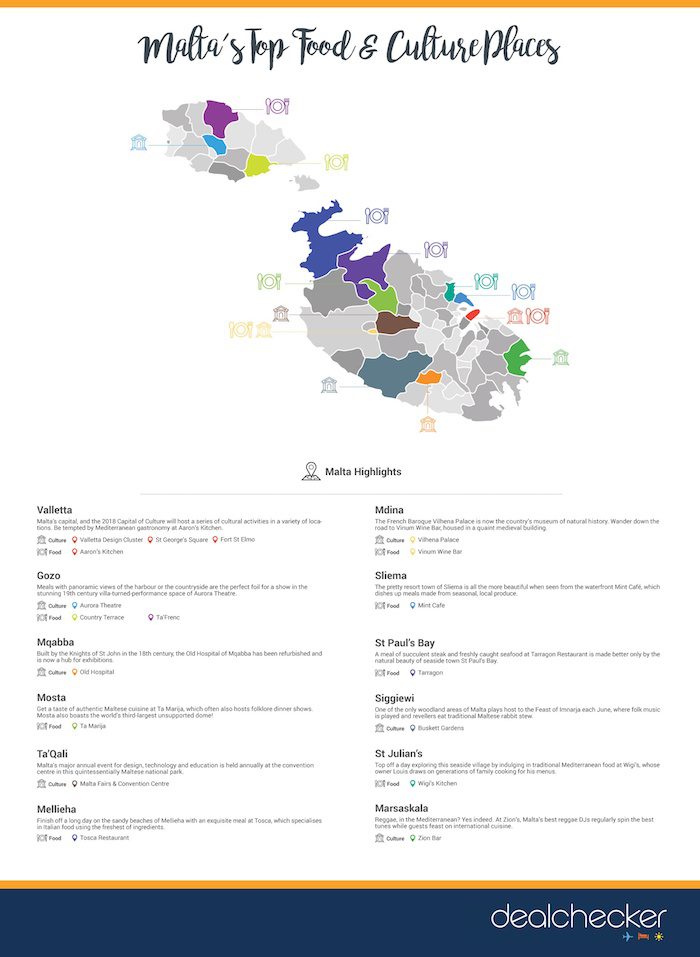
This article was created in collaboration with DealChecker.co.uk
Counter
101 Countries • 1432 Cities